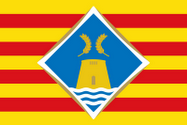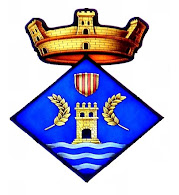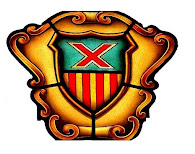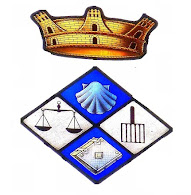SES FONTANELLES
The Cova des ví (wine cave) makes reference, to that was used to store wine mainly due to the qualities of the cave to preserve the wine. This occurred in the early twentieth century and also vinyards were planted in the nearby meadows.
Located on the cliffs of Cap Nonó also called Nunó, this cave is within in the Ses Fontanelles area, and the only cave paintings found in Ibiza are into this cave. Anyway the paintings not clarify the motives and the meanings and so, the researchers do not agree even on dates of these ancient drawings.
The cave is located about 40 meters high on a cliff with access from inland, and there is another access from the sea. the inland way, it is relatively close to the beach of Cala Salada and the nearby cliffs create beautiful landscapes.
The cave paintings are schematic drawings, and do not yet known its interpretation or meaning. They appear very similars to the drawings in a cave in Sicily, although these of Sicily is known they belong to the Punic period. These paintings were discovered by a French abbot in 1917, and he thought, that were a drawing of boats and they were prehistoric, and he pointed that dates back to around the year 1000 BC. Although I must insist that the experts fail to reach an agreement on the chronological significance of the paintings, which could be of the same period of the drawings of the Punic period of the cave in Sicily.
In any case, there is no doubt that although not worth maybe get there for the paintings themselves, it is for its scenery surrounding the cave, which has as a background the nearby sea, in contrast to the rocks or the bushes..
If we watch up, above us, this vertical wall of impressive cliffs, we may think it will fall over us. Really impressive....
And although this cave is surrounded by greenery by on one side, the other we can see the impressive and immense stone wall, that get lost into the heights.
If we wish to extend our route, we can go down to the sea by a stone staircase, and there, very close to the sea level, we will find the cave de Ses Fontanelles (sometimes is confused with the name given to the before mentioned cave), the Cave de Ses Fontanelles has a natural water birth.
Once upstairs again, from were we started to go down to the cave, we can take another path surrounding the "Puig Nono" that will take us to the village of Santa Agnes de Corona, and as we travel, on the way and close to the road, we can admire ancient lime kilns or abandoned farm houses.




















